History has pitted some of humanity’s biggest architectural and cultural feats against
some of nature’s most destructive elements. Earthquakes, floods, hurricanes,
volcanic eruptions, and other acts of nature have time and again tested our abilities
to preserve these iconic structures for generations to come.
While many landmarks have been restored or rebuilt, their encounters with nature’s
fury serve as powerful reminders of our heritage’s vulnerability and the importance of
preservation efforts. These 15 examples demonstrate both the destructive power of
natural disasters and humanity’s resilience in protecting our cultural treasures.
St. Mark’s Basilica, Venice, Italy
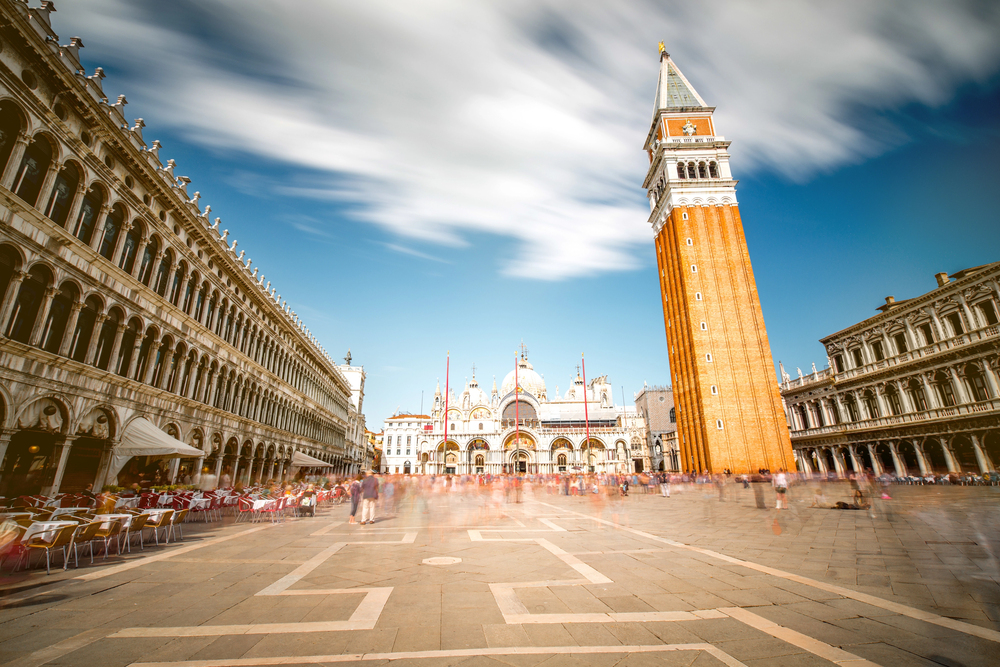
This Byzantine masterpiece has endured increasingly frequent flooding as Venice
battles rising sea levels and subsidence. The terrible acqua alta in November 2019
submerged the 1,000-year-old cathedral under more than three feet of corrosive
saltwater, causing extensive damage to ancient mosaics and marble columns.
For only the sixth time in the basilica’s history, flood waters reached the crypt, damaging delicate stonework and threatening the structural integrity of the building. While restorations continue, experts worry about the future of the landmark as climate
change is increasing Venice’s flooding challenges.
Angkor Wat, Cambodia
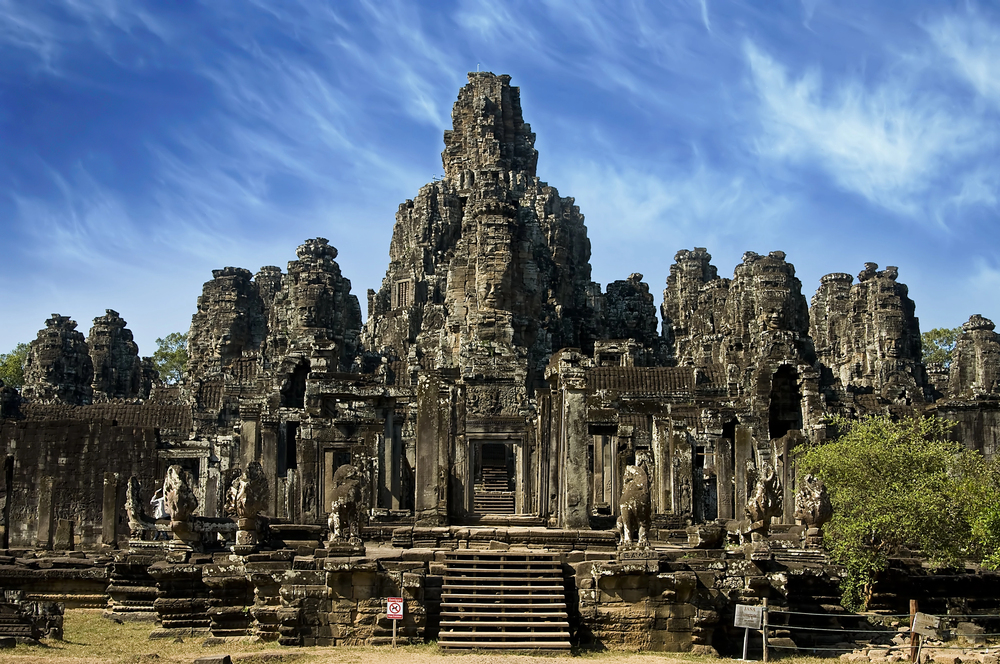
The world’s largest religious monument sustained significant damage during a series
of powerful earthquakes in the 1960s and 1970s. Several towers and galleries
suffered structural compromise, while intricate carvings cracked under the seismic
stress.
Heavy tropical storms in the following decades accelerated the erosion of the sandstone structures, washing away centuries-old artistry. Restoration on the site includes ongoing battles against natural forces and invasive vegetation threatening to pull the ancient stones apart.
Like Travel Pug’s content? Follow us on MSN.
Christchurch Cathedral, New Zealand
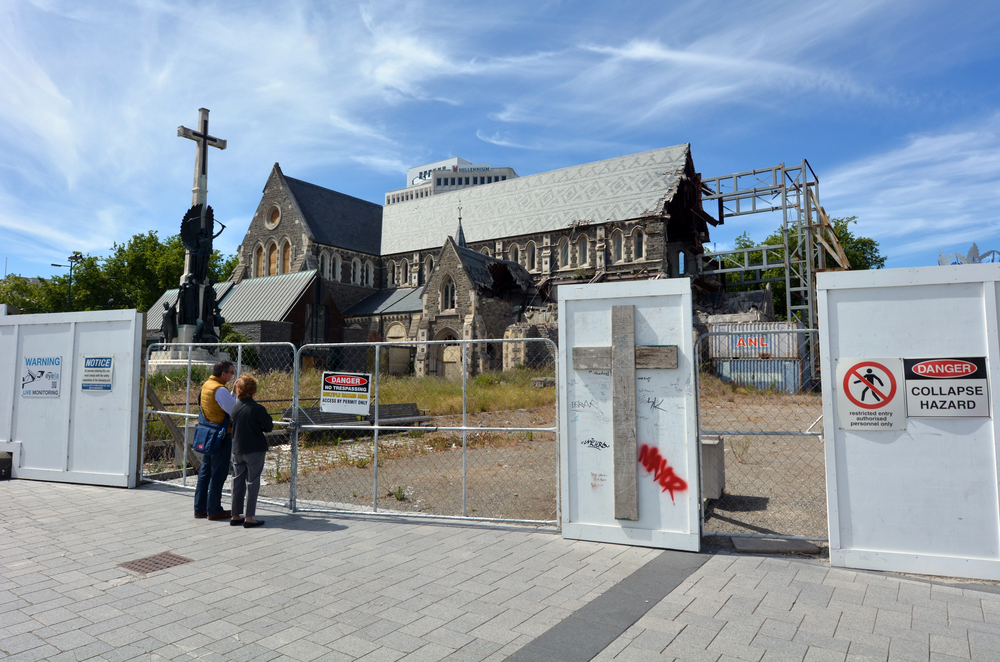
This Gothic Revival masterpiece was badly destroyed in the earthquake that hit
Christchurch in 2011; its iconic spire collapsed, and the rest of the structure lay in
ruins. A 6.3-magnitude quake destroyed the rose window of this cathedral and left it
structurally unsound.
After years of deliberation over its fate, the reconstruction started in 2020, with the inclusions of innovative seismic strengthening. Rebuilding the house has come to mean the resilience of this city to fight and save every ounce of architectural heritage.
Temple of the Sun, Cusco, Peru
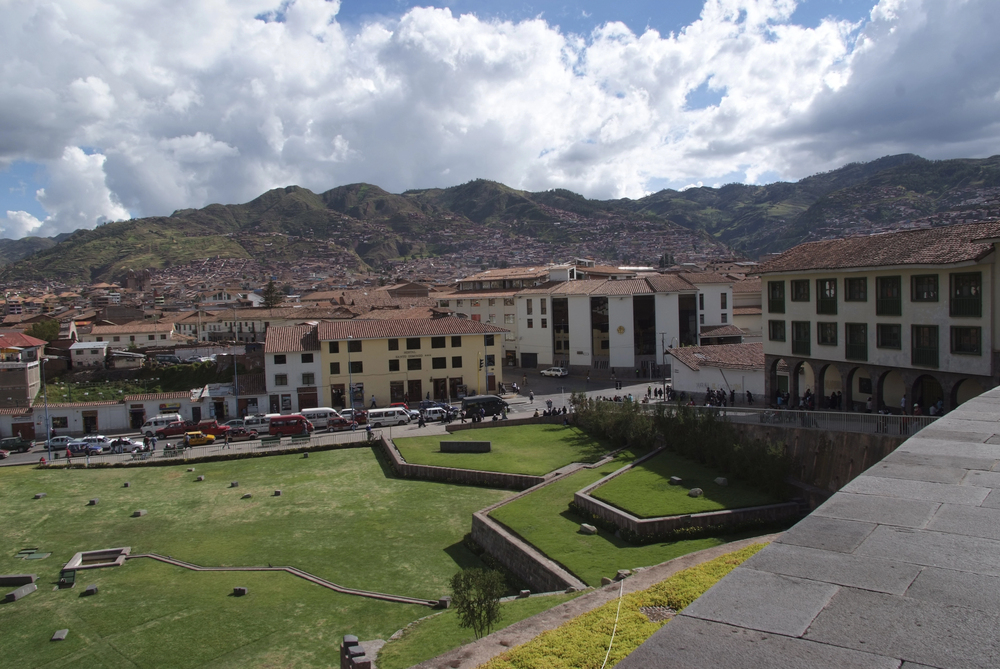
This is a masterpiece of Incan architecture that suffered heavy damage during the
strong 1950 earthquake that hit Cusco. Boulders known as perfectly fitted blocks are
shifted and partly cracked, placing a threat to structure stability.
It is clear how well this temple withstood better than many colonial structures, showing certain weaknesses even of the most outstanding pre-Columbian engineering. This
renovation work consolidated the original Incan construction without compromising
its age-old techniques to make it earthquake-resistant in the future.
Tōdai-ji Temple, Nara, Japan
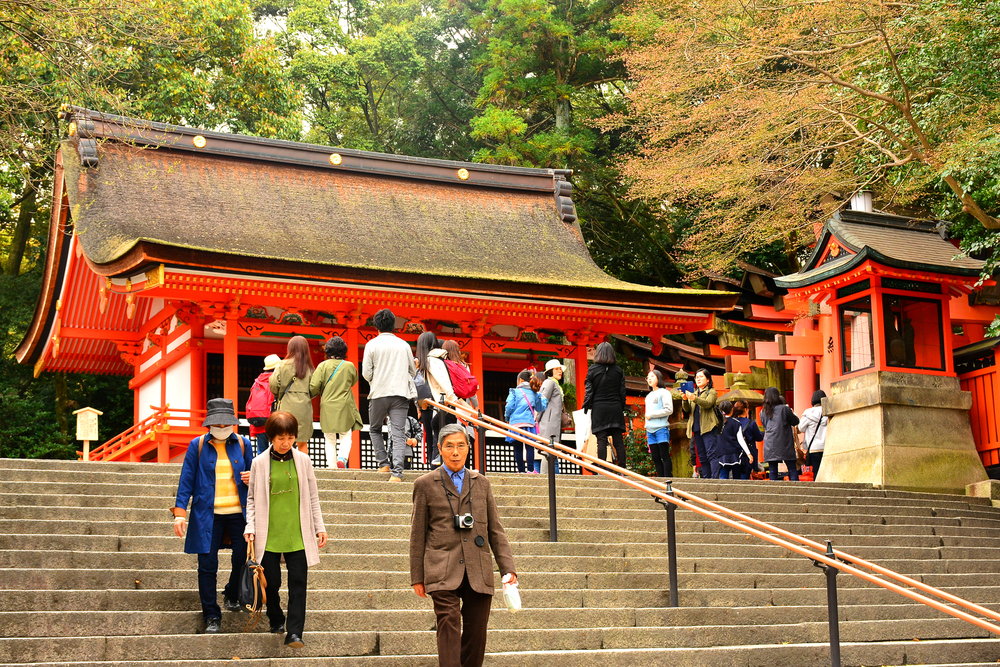
This ancient temple, housing the world’s largest bronze Buddha statue, has been
destroyed several times in history due to earthquakes and fire. The present structure
dates from 1709 and represents only two-thirds of the original temple size.
The tragic 1995 Great Hanshin Earthquake greatly affected the integrity of various temple buildings and was followed by a major restoration program. This is now one of
Japan’s UNESCO World Heritage sites and also has reinforcement for modern
seismic forces.
Like Travel Pug’s content? Follow us on MSN.
Notre Dame of Port-au-Prince Cathedral, Haiti
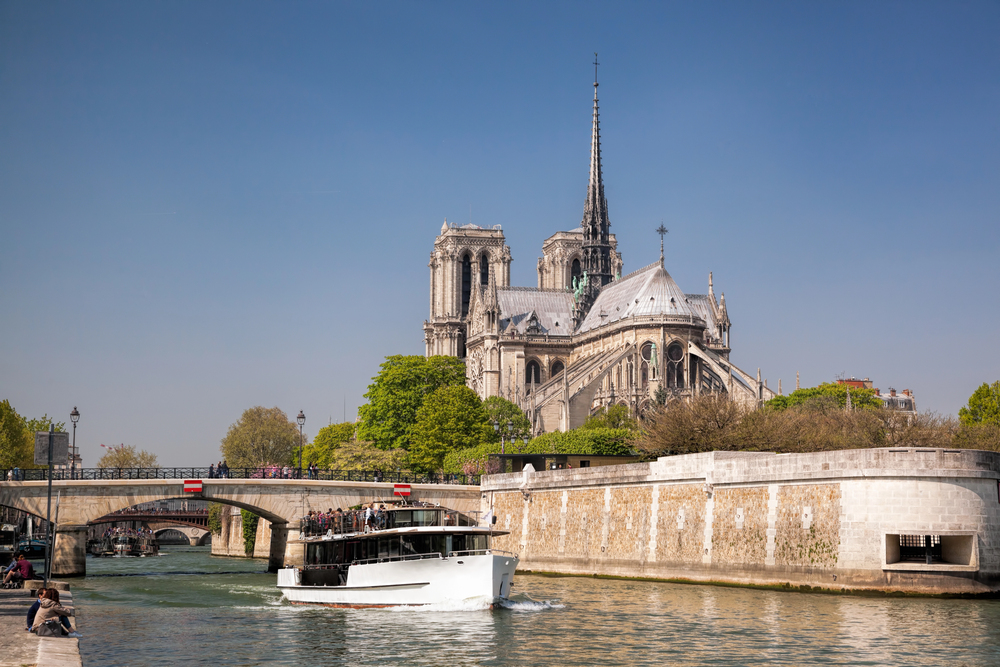
Since the 2010 Haiti earthquake, this old cathedral has been in ruin. Its rose
windows were blown out, and the roof and bell towers collapsed. The cathedral was
built in 1914 and represented one of Haiti’s most important religious and cultural
monuments until the 7.0-magnitude quake hit the island.
Though there are plans for its reconstruction, the ruins now stand as grim reminders of how much damage the earthquake caused to Haiti’s architectural heritage. The site still attracts visitors who contemplate the destruction and the possibility of renewal.
Great Buddha of Kamakura, Japan
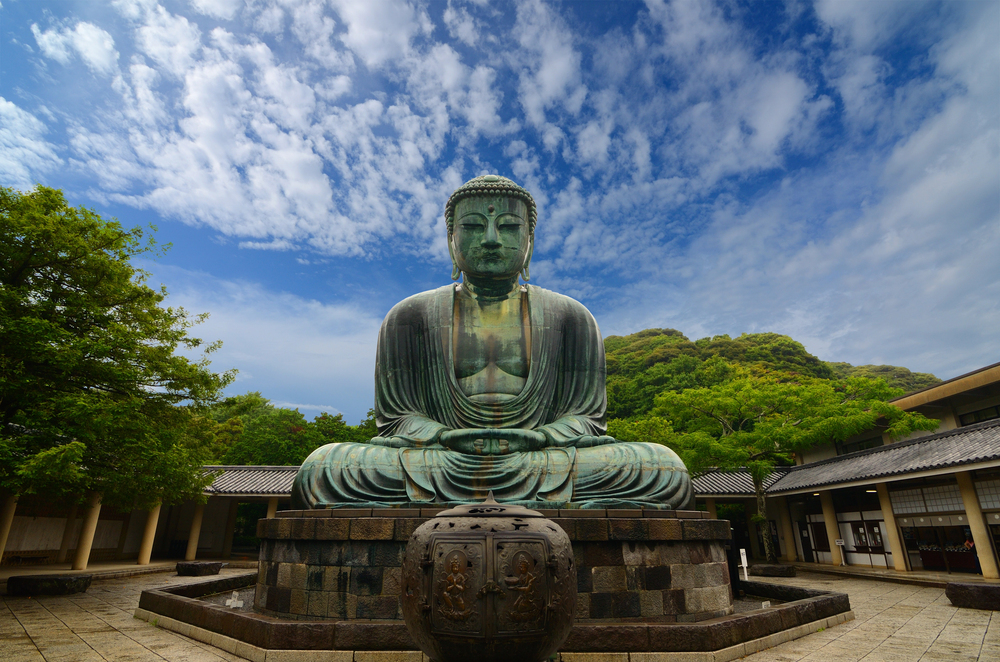
This 44-foot-tall bronze statue has withstood several tsunamis since its construction
in 1252, including a massive 15th-century wave that destroyed its housing temple.
When it survived these calamities, it took on great religious and cultural significance
in addition to its value as a work of art.
Despite standing outdoors for over several hundred years, the Buddha still wears a serene look, its features worn and rounded from storms and salt water. Over time the statue has evolved to be an icon representing durability within Japan.
San Francisco Mission Dolores, California, USA
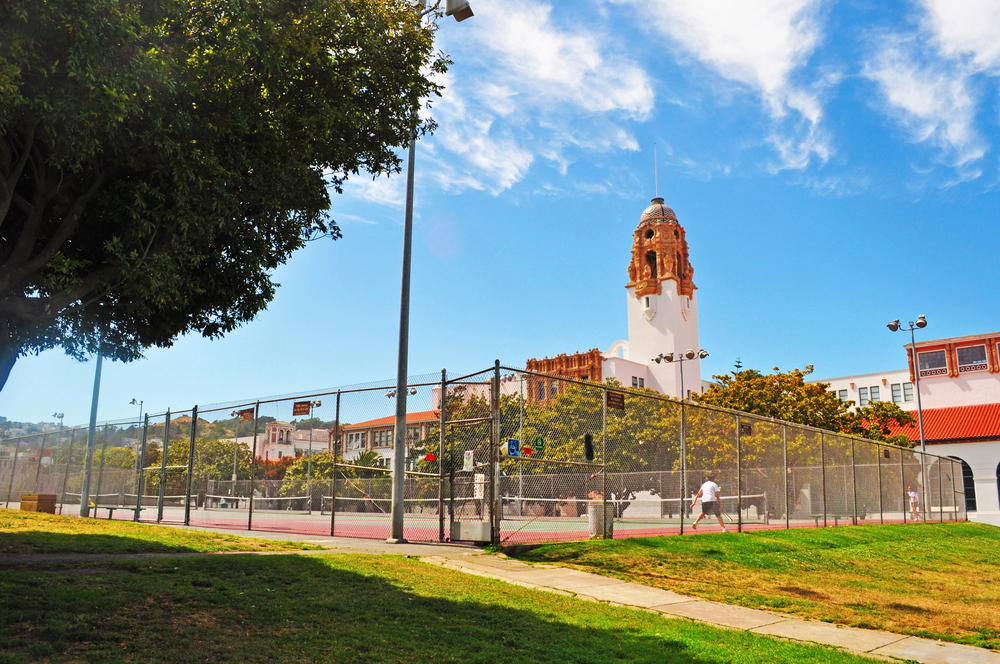
The oldest building that remains intact in San Francisco survived the earthquake in
1906 that wiped out much of San Francisco. While the adjacent basilica was
severely damaged, the adobe mission church still stood because of its flexible
construction materials and low center of gravity.
The structure suffered minor damage in the 1989 Loma Prieta earthquake, but it once again proved the earthquake resistance of traditional Spanish colonial architecture. The fact that the mission has survived numerous earthquakes has turned it into a symbol of San Francisco’s resilience.
Like Travel Pug’s content? Follow us on MSN.
Prambanan Temple, Indonesia
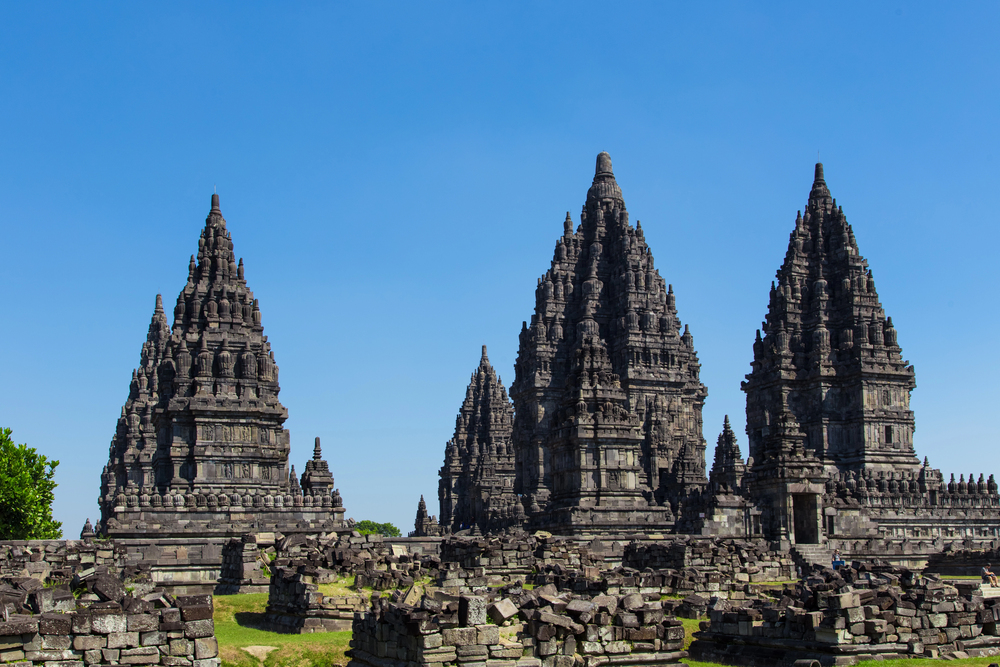
The great 2006 Yogyakarta earthquake badly damaged this 9th-century Hindu
temple complex, knocking over hundreds of stone blocks and sending its towering
spires threateningly askew. The intricately carved reliefs were badly damaged, and
several of the smaller temples in the complex collapsed.
Archaeologists continue restoration today, painstakingly rebuilding the temples with original stones whenever possible. The site remains partially closed while work continues to stabilize the site for visitors.
Old North Church, Boston, USA

This historic church has survived many hurricanes since its completion in 1723 and
is most famous as the site of Paul Revere’s midnight ride. The Great Colonial
Hurricane of 1804 destroyed its steeple, which was rebuilt with a more hurricane-
resistant design.
Further damage in violent storms in 1954 and 2012 resulted in the modern reinforcement of its historic structure. Despite these challenges, it remains to
be a testament to American independence and architectural stamina.
Taipei 101, Taiwan
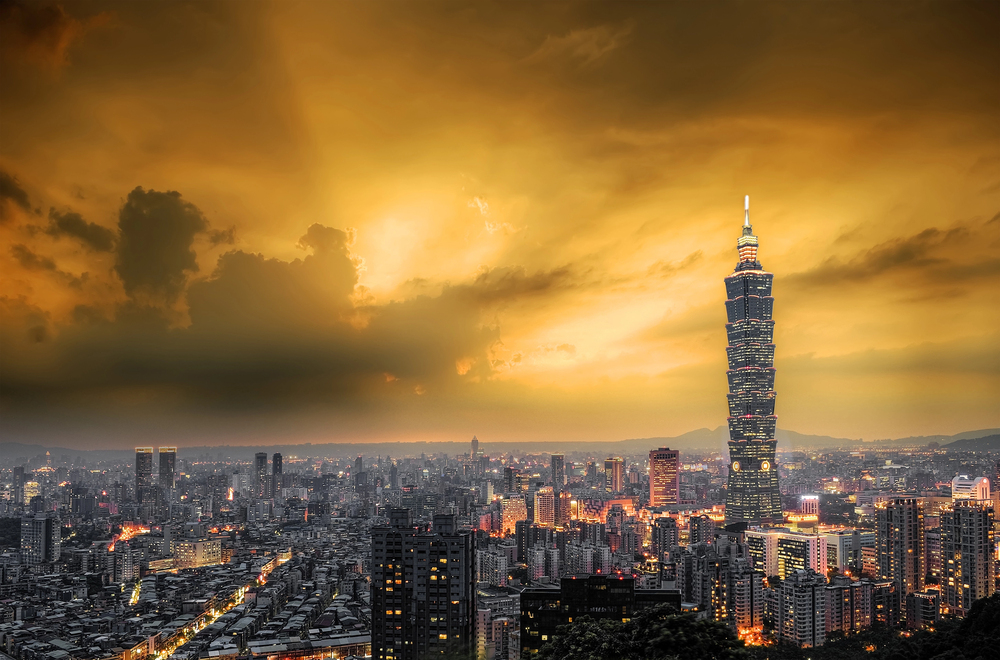
Though not historic, this relatively modern architectural marvel withstood a
magnitude 6.8 earthquake in 2002, occurring during its construction, thanks to
earthquake-resistant design. This innovative tuned mass damper weighs an
astonishing 730 tons, with a balancing building motion.
Recent typhoons have put wind resistance on the test, though all prove it can constantly protect this skyscraper against winds. Such buildings serve to stand tall on behalf of man against nature and show the degree to which engineering protects such important structures.
Like Travel Pug’s content? Follow us on MSN.
Basilica of Saint Francis, Assisi, Italy
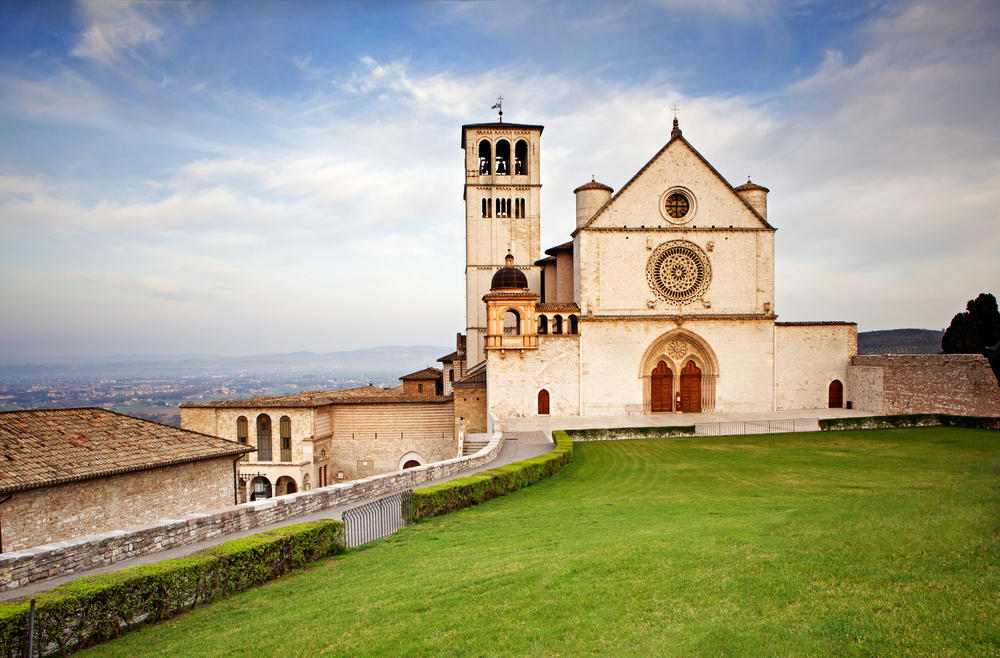
This 13th-century church suffered serious damage due to the Umbria-Marche
earthquake in 1997, during which parts of its ceiling frescoes collapsed, and
structural elements were compromised. Much of the priceless work from Giotto was
reduced to thousands of pieces, which necessitated painstaking restoration.
Recovery used novel methods to prepare the basilica for future earthquakes without
compromising any of its character. The successful reconstruction seems to have
drawn a balance between preservation and strengthening.
Wat Chaiwatthanaram, Thailand
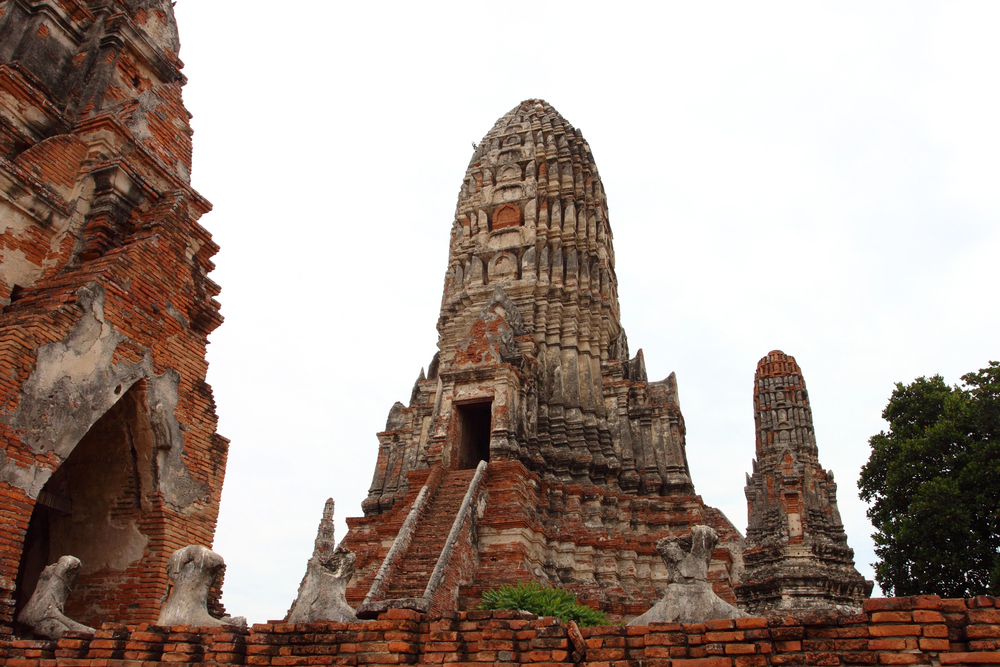
Until 2011, when the great floods swamped most of Thailand, this ancient Buddhist
temple was Ayutthaya’s most impressive sight. The rising waters saturated the brick
and stucco structure, causing erosion and structural instability.
The floodwaters brought home how so many of Thailand’s ancient monuments were at the mercy of shifting weather patterns and river action. The renovation work also provides for new drainage systems and flood barriers to prevent similar destruction in the future.
Castillo San Felipe del Morro, Puerto Rico
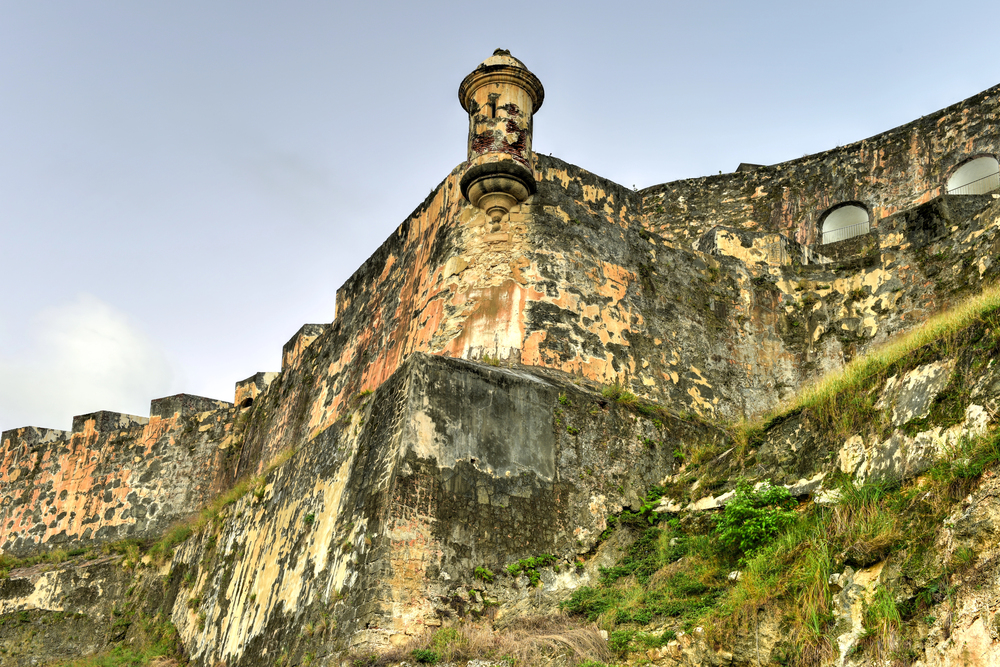
This 16th-century Spanish fortress has survived many hurricanes, including the
heavy impact of Hurricane Maria in 2017. The storm washed away parts of the walls
of the fortress and ruined historic architectural elements.
While the basic structure did not fall due to its massive construction, the site needed extensive restoration work to repair water damage and shore up vulnerable areas. This continued survival testifies to both the durability of Spanish colonial military architecture and the importance of ongoing preservation.
Like Travel Pug’s content? Follow us on MSN.
Kedarnath Temple, India
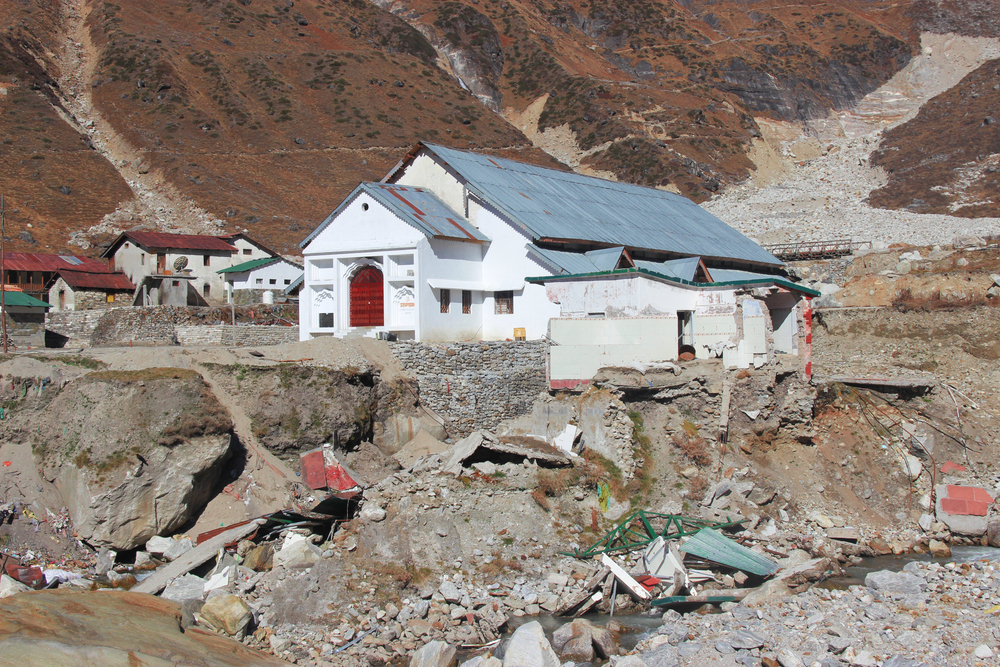
This ancient Hindu shrine in the Himalayas withstood a catastrophic flood in 2013
when a sudden bursting of water from a glacial lake brought an avalanche of water,
rock, and debris down on this area. This is the 8th-century temple that had survived
while thousands of its neighbor buildings were inundated-half-submerged in mud and
boulders. Its big boulder partly deflected some surge of the flood.
Besides being a solid stone structure, extensive restoration since then provided further structural strengthening with a better drainage system, so the temple remains historical and one of the holiest places in Hinduism.
Nature’s Humbling Reminder
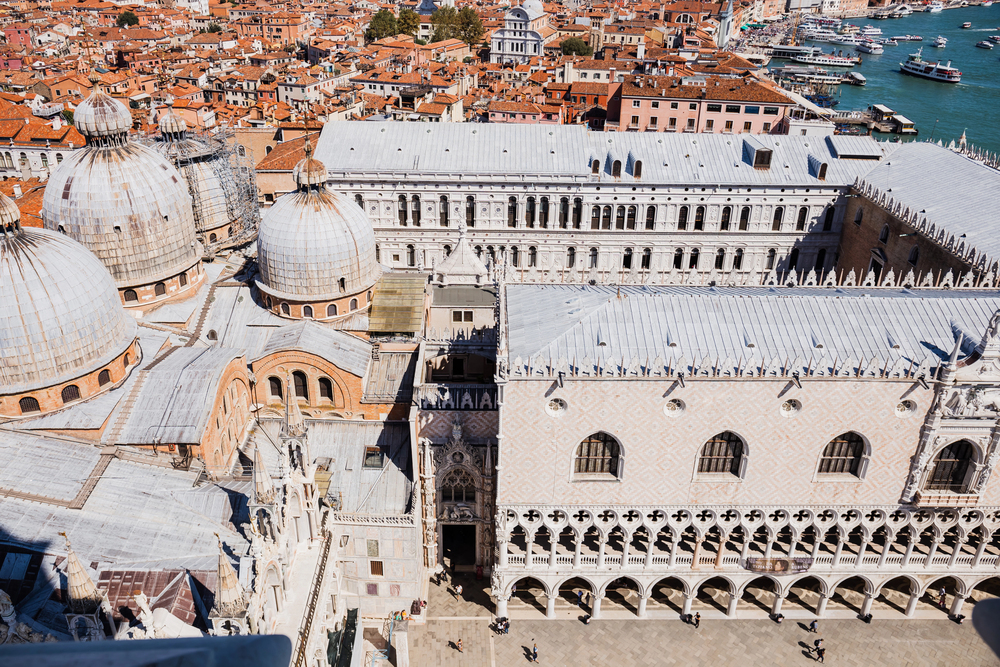
These icons remind us that even the great building accomplishments of humankind
are still fair game for the terrors of nature. But their stories equally reflect our quite
outstanding ability to conserve and restore our cultural heritage despite the most
brutal natural forces.
Large-scale engineering works, painstaking restoration, and concerted conservation
go on protecting these irreplaceable monuments against climate change for future
generations. Every successful preservation saves a piece of our common heritage
and, at the same time, is a statement of our resolve to keep ties with our past intact,
no matter how furiously nature may rage.
More from Travel Pug

- 15 Dangerous European Cities to Avoid
- 15 Caribbean Islands Where Tourists Keep Getting Scammed
- The 20 Most Fascinating Abandoned Places: A Journey Through Time and Forgotten Spaces
- 15 Hidden Places in the Smithsonian Museums Locals Love: A Guide to Lesser-Known Treasures
- 16 Hidden Florida Beach Towns That Aren’t Overrun with Tourists
Like Travel Pug’s content? Follow us on MSN.
